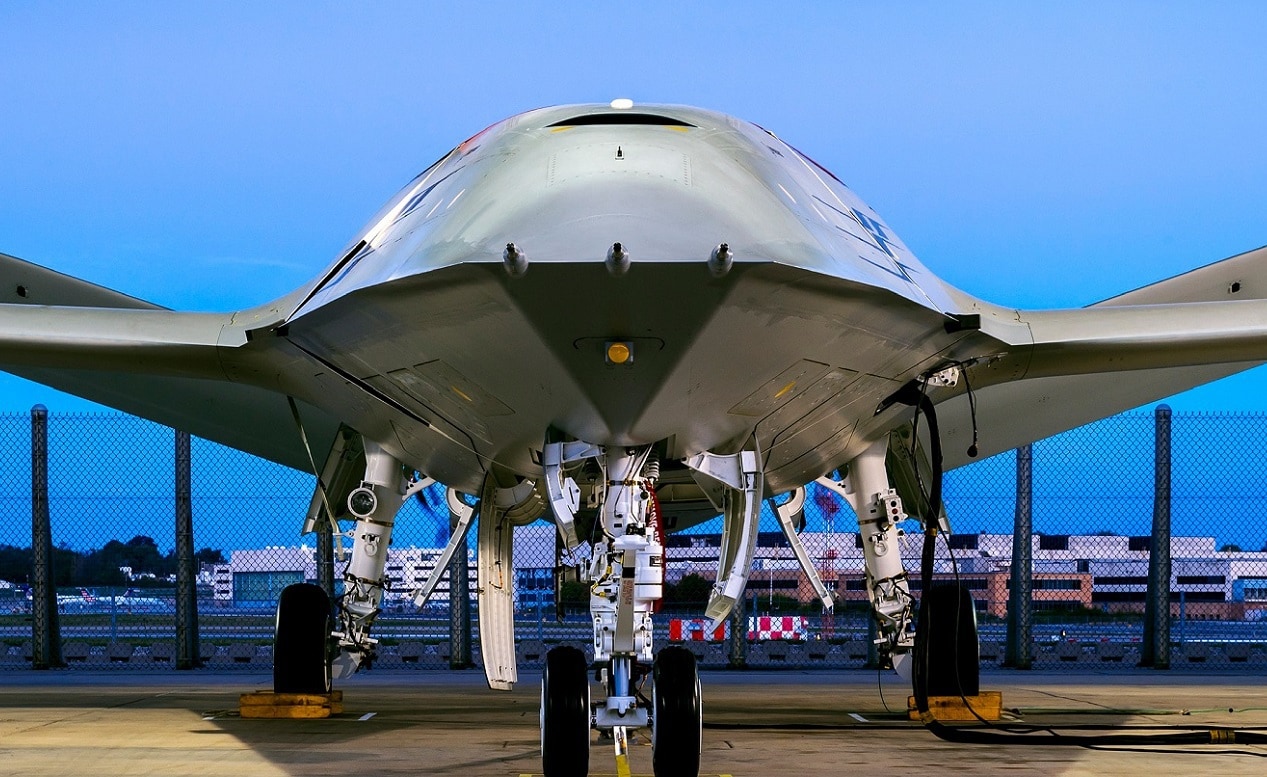Refueling Aircraft: More Range Could Determine who Wins a Conflict – New refueling aircraft in development with the US and Chinese militaries hit important milestones in recent weeks, demonstrating both militaries’ focus on long-range operations, a vital capability in the vast Pacific.
On November 28, a Y-20 aerial-refueling plane was one of 27 Chinese military aircraft to fly into Taiwan’s air-defense identification zone, a security zone declared by Taiwan that is not territorial airspace.
Mass flights of Chinese aircraft around Taiwan are common, but the November 28 flight was a first for the tanker version of the Y-20, a strategic airlifter operated by China’s military.
The Y-20 tanker can refuel fighter jets, like the stealthy J-20, and larger aircraft like the H-6 bomber, five of which took part in the November 28 flight.
Days later, the US Navy said its newest refueling aircraft, the MQ-25 Stingray, had arrived aboard the USS George H.W. Bush for “its first test period aboard the aircraft carrier.”
The Navy issued an $800 million contract for the MQ-25 in August 2018, and the unmanned aircraft took its first flight a year later.
During June 2021 test flight with a Navy F/A-18 Super Hornet, it became the first unmanned aircraft to conduct aerial refueling with another aircraft.
Multiple days of testing aboard the carrier “will provide an early evaluation of MQ-25 operations in a shipboard environment,” said Jamie Cosgrove, a spokeswoman for the Navy’s program executive office for unmanned aviation.
The non-flight testing will involve the MQ-25 “being driven around the flight deck while at sea to check its handling qualities, and the functionality and capabilities of the deck handling system,” Cosgrave told Insider. “This will include taxiing into and connecting to the catapult, clearing the landing area, and various other maneuvers.”
The Navy plans to acquire 72 MQ-25s, each able to offload 15,000 pounds of fuel — enough for two aircraft — at a range of 500 nautical miles from a carrier, adding roughly 300 nautical miles to the Super Hornet’s range.
Different aircraft, same mission
China currently has roughly 30 aircraft — older Soviet-designed Il-78s and HU-6 variants of the H-6 — for refueling. According to Chinese state media, the Y-20 tanker can carry about 90 tons of fuel, similar to the capacity of the Il-78 but greater than that of the HU-6, which carries less than 30 tons of fuel.
The “main significance” of the tanker “is that it can extend the operational range of the H-6K bomber, which could threaten US warships even further east of Taiwan,” said Timothy Heath, a senior international defense researcher at the RAND Corporation.
In its most recent report on China’s military, the US Defense Department said the Y-20 tanker will improve the Chinese air force’s ability to “operate beyond the First Island Chain from bases in mainland China,” referring to the island chain that includes Japan, Taiwan, and the Philippines.
The Y-20 tanker still needs work, including the replacement of Soviet-designed engines with Chinese-made engines that will improve its lift and range.
China’s military has aerial-refueling experience, but the Y-20 tanker is “a new capability,” Heath told Insider. “It will take the PLA some time to become proficient operating with the new platform.”
The MQ-25 will extend the range of the US Navy’s carrier air wing, and while it’s focused on refueling, Navy leaders have ambitions to give it more missions, such as intelligence-gathering and airstrikes.
The Navy has said it intends to have the MQ-25 operational around 2025, and the aircraft will go through additional testing on land and on carriers, including with carrier launch and arresting systems.
While the MQ-25 will increase the range of carrier aircraft, the opportunities it provides to the air wing may be limited if carriers have to operate farther from targets because of the threat posed by adversaries’ long-range weapons, such as China’s anti-ship missiles, according to a Hudson Institute report.
The report noted that only acquiring 72 MQ-25s may not give the Navy enough for them to accompany other aircraft on missions far from the carrier.
But a dedicated refueling asset would still be a relief for F/A-18s that for years have had to double as tankers, Kevin Chlan, a Super Hornet pilot, said in a December 2019 interview.
Tanker duties burden pilots and aircraft and are something the F/A-18 is not well suited for, said Chlan, then a fellow at the Center for Strategic and Budgetary Assessments.
“I think it’s a great implementation to kind of ease unmanned platforms onto the flight deck in a mission-set that otherwise just takes up a ton of overhead from your fighters,” Chlan said.
Christopher Woody writes and edits stories on military issues, defense policy, and foreign affairs. He is based in Washington, DC.

